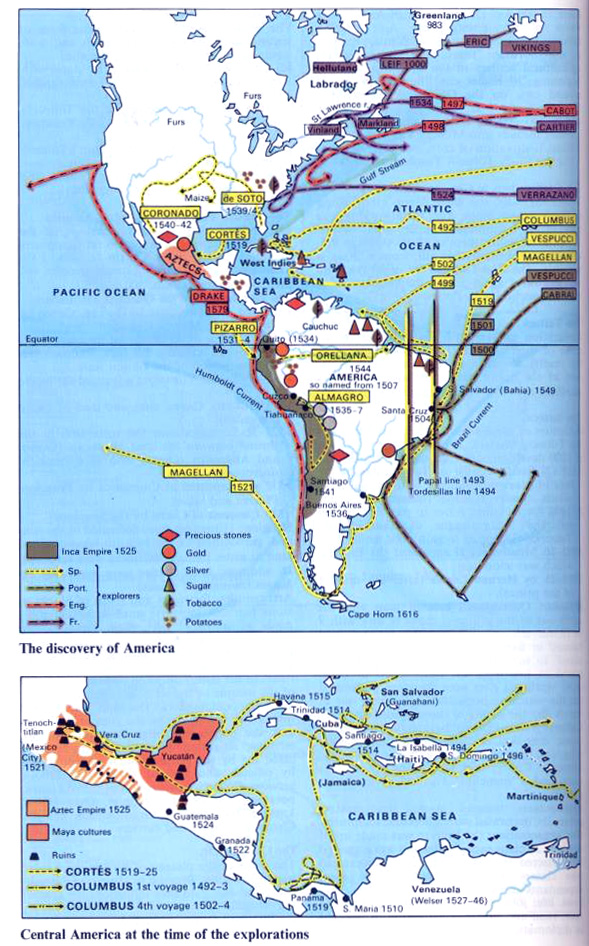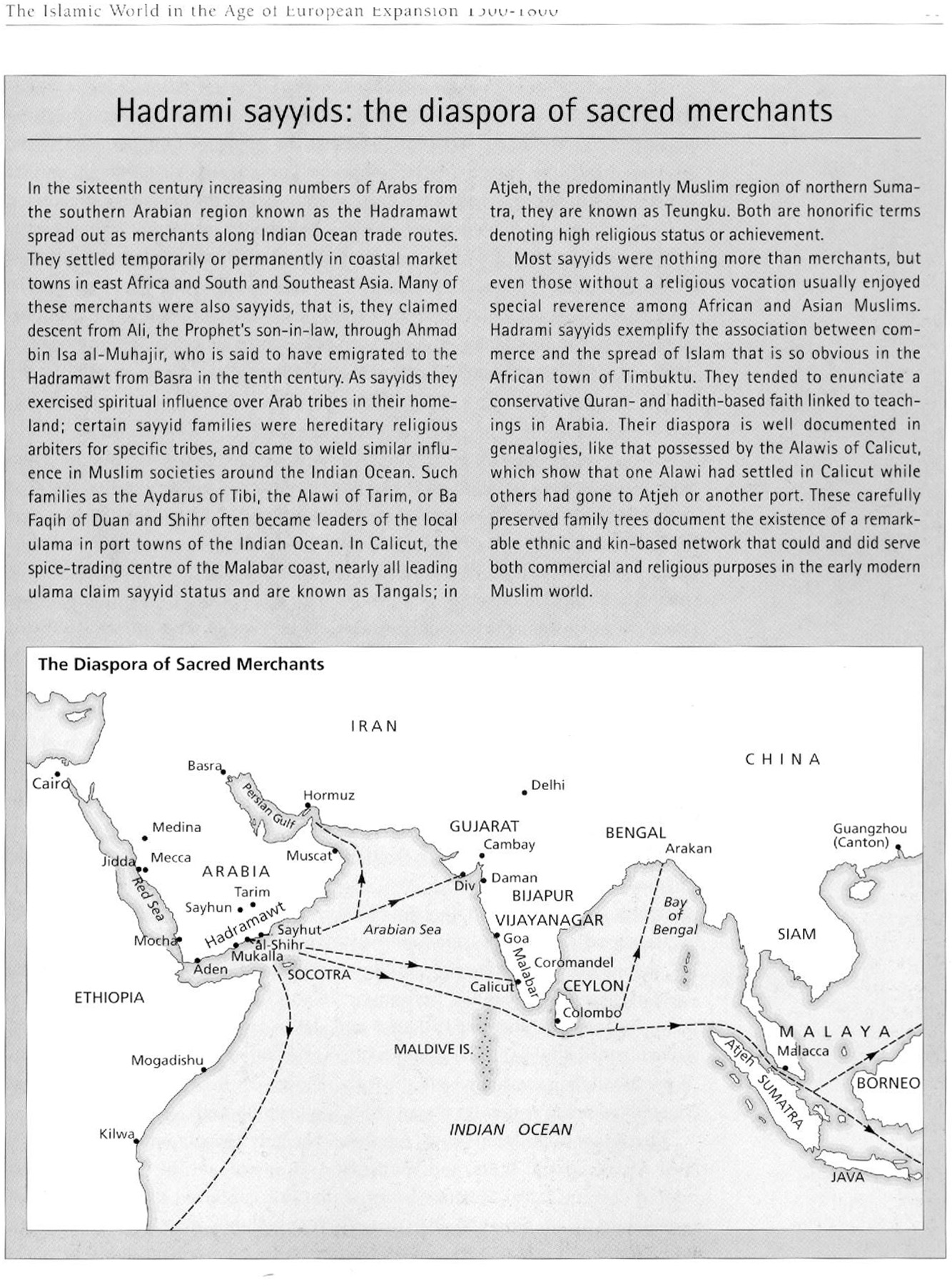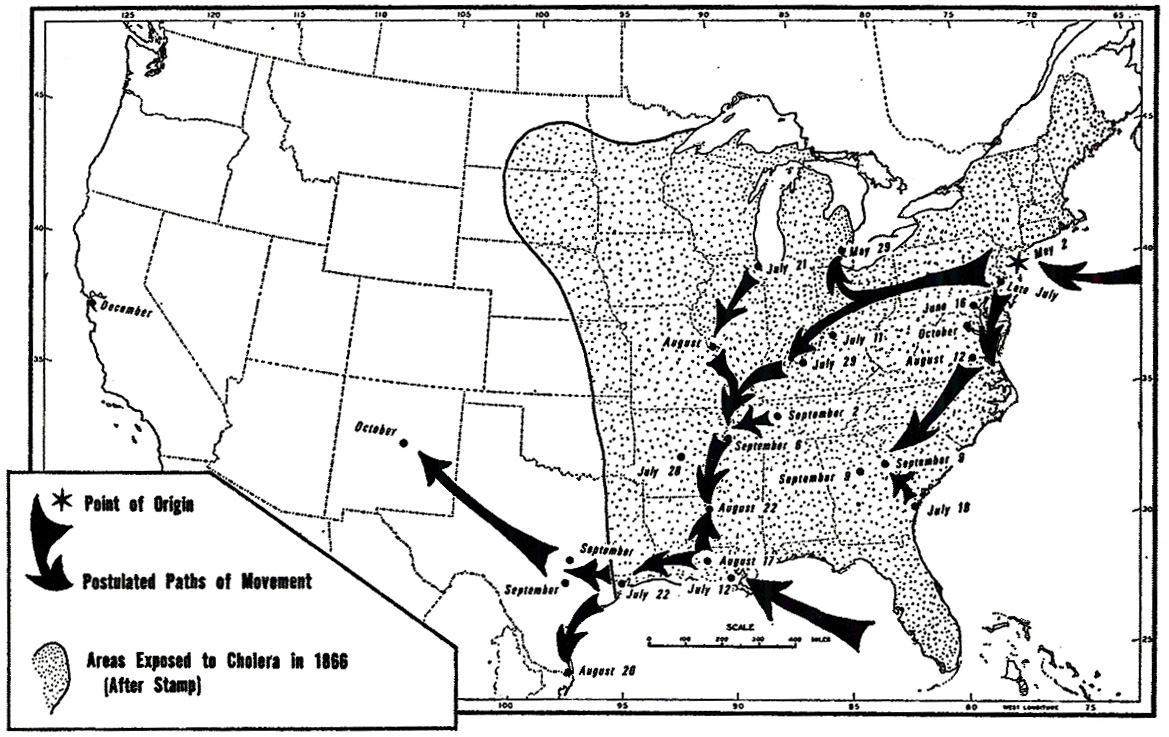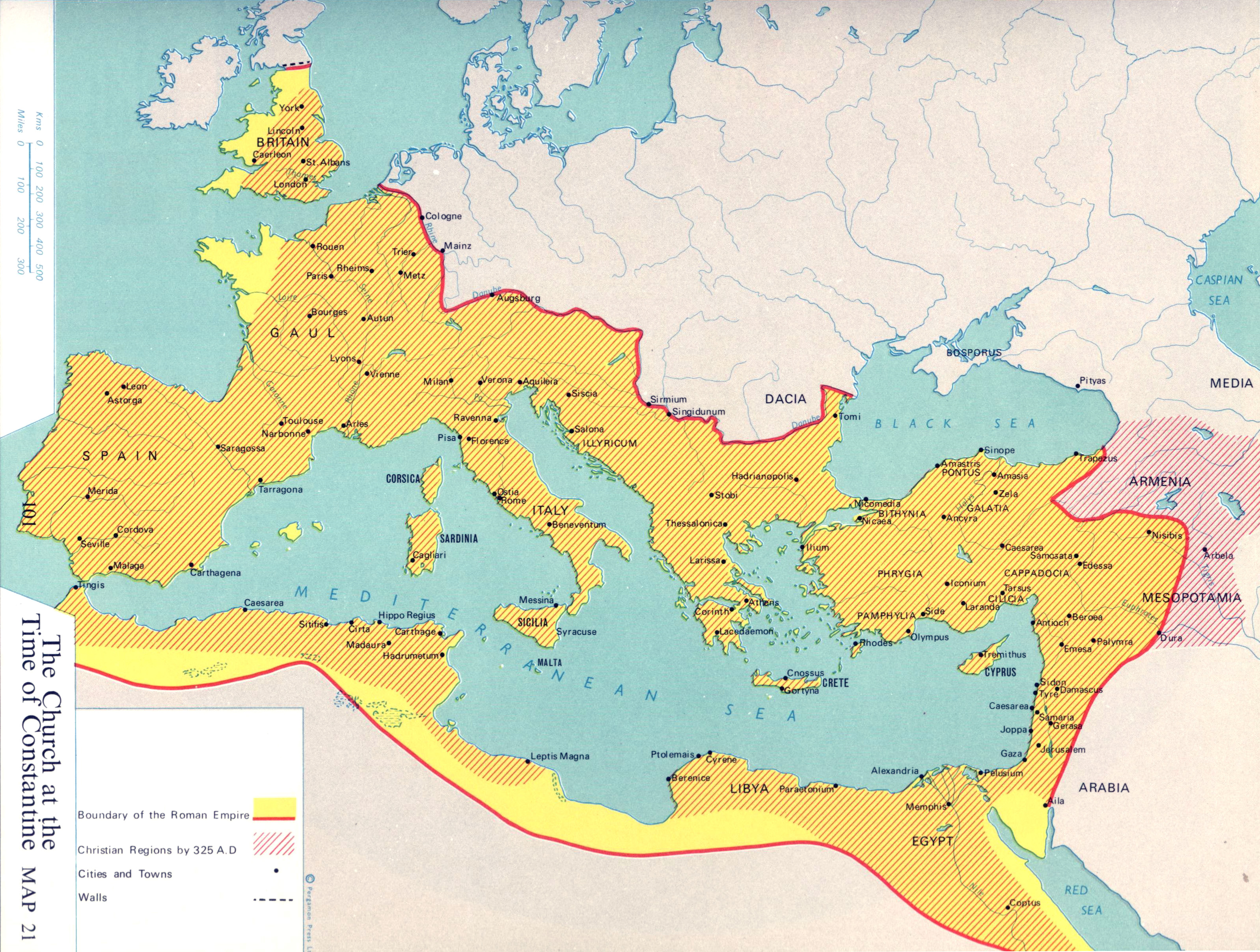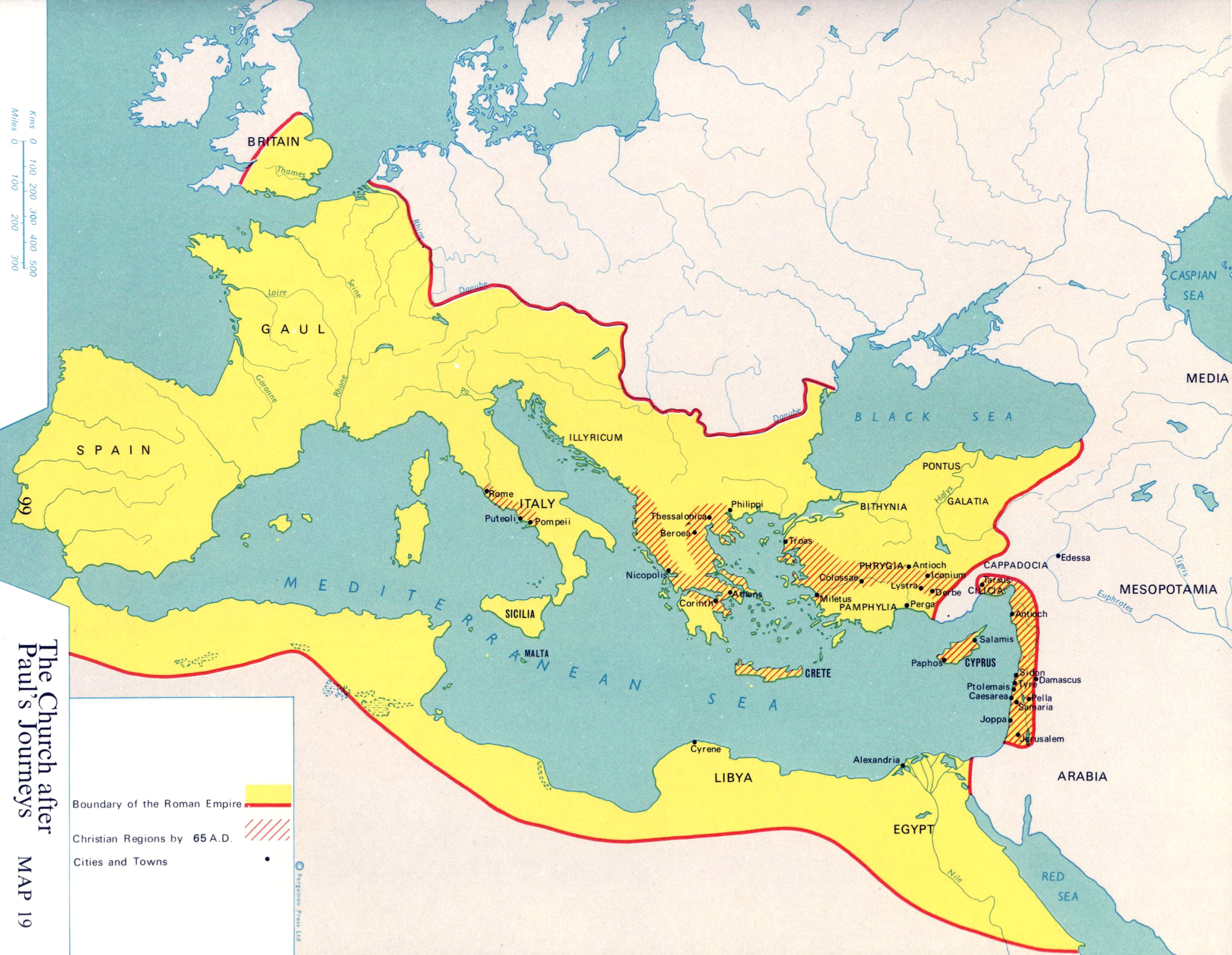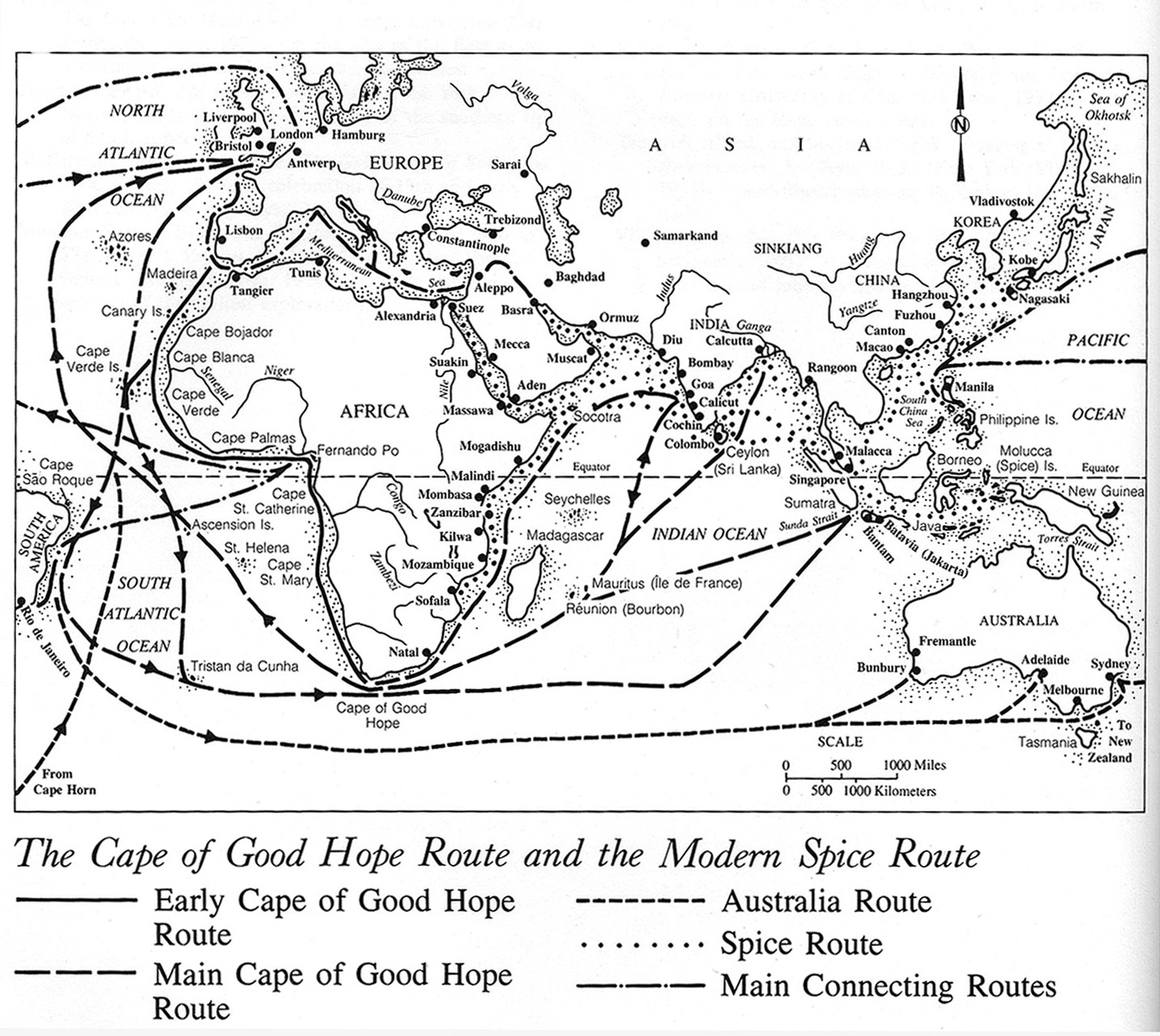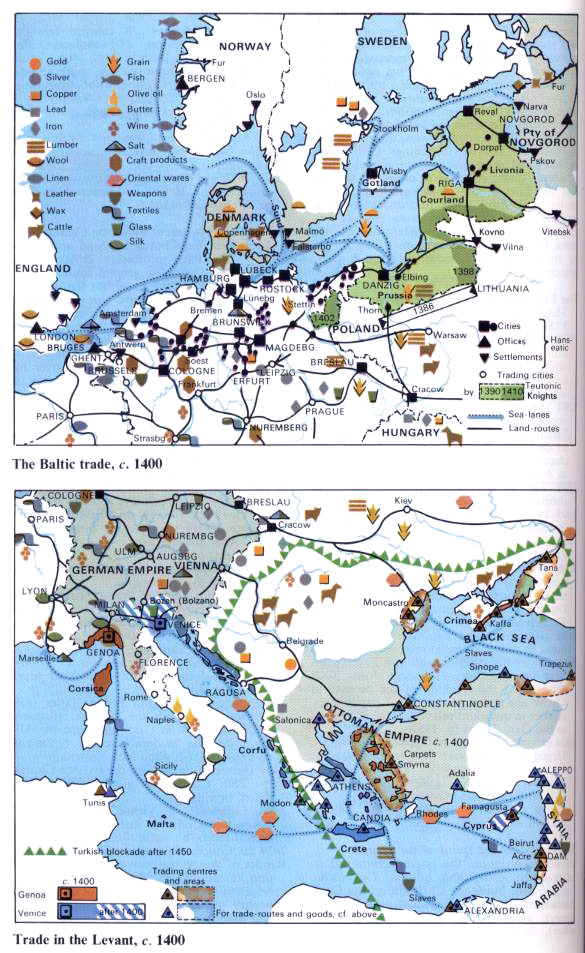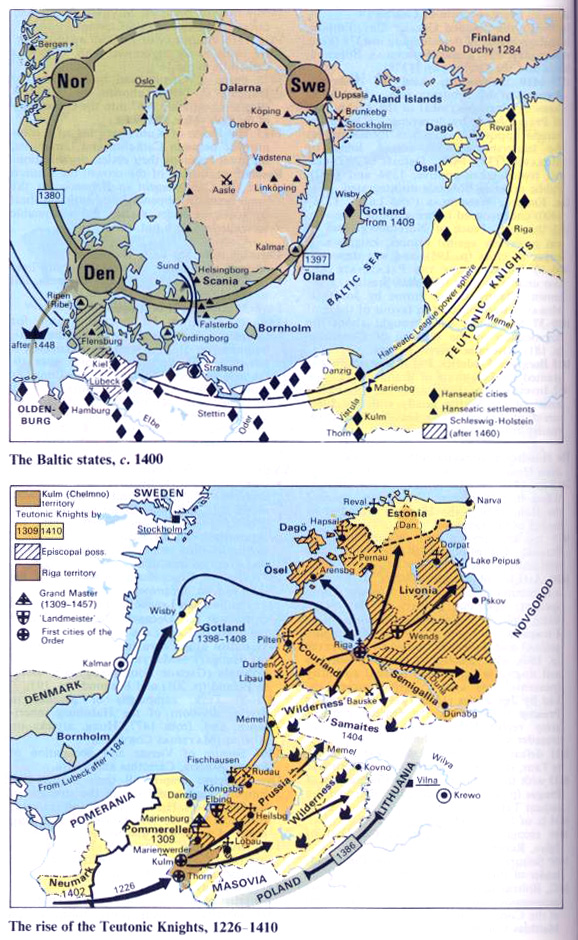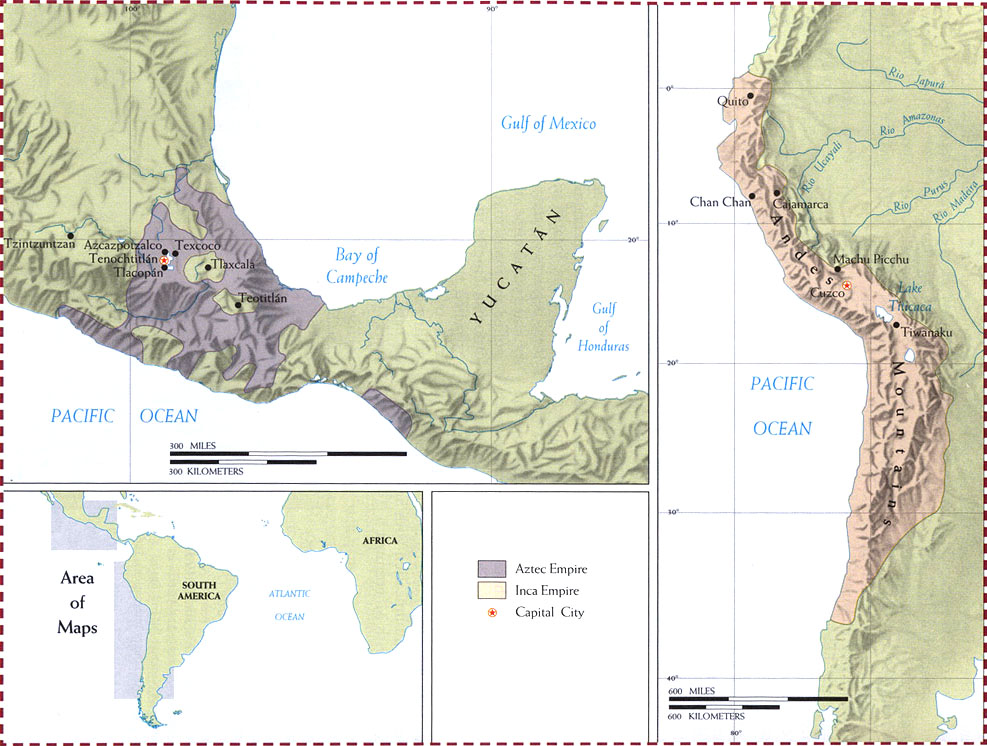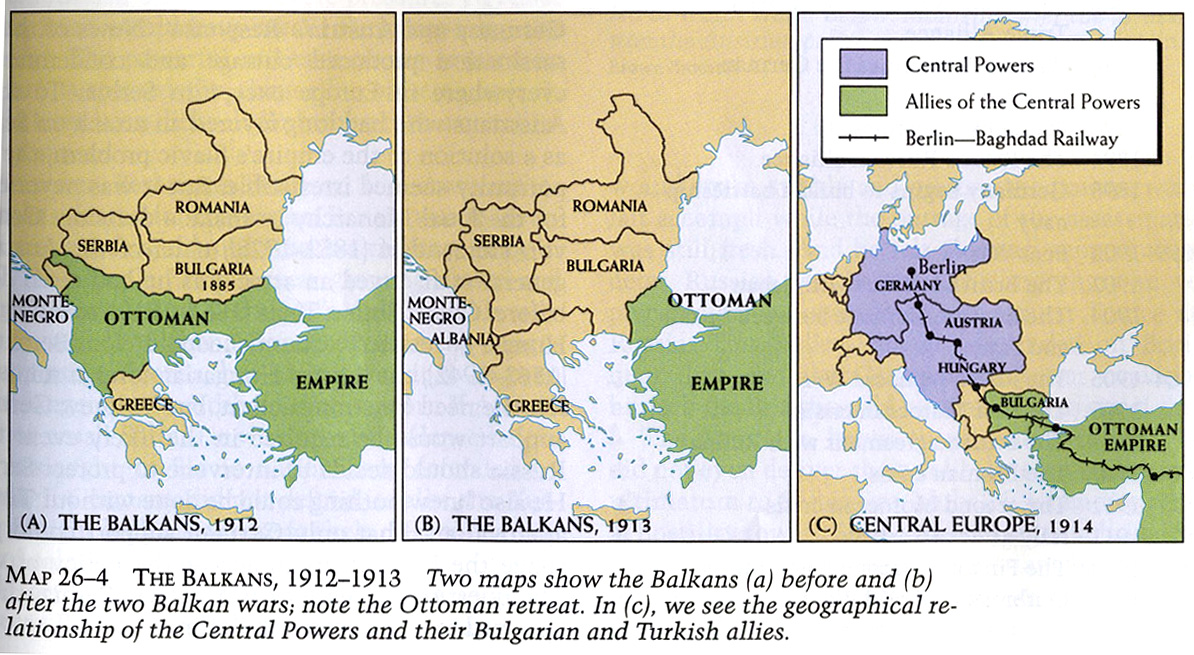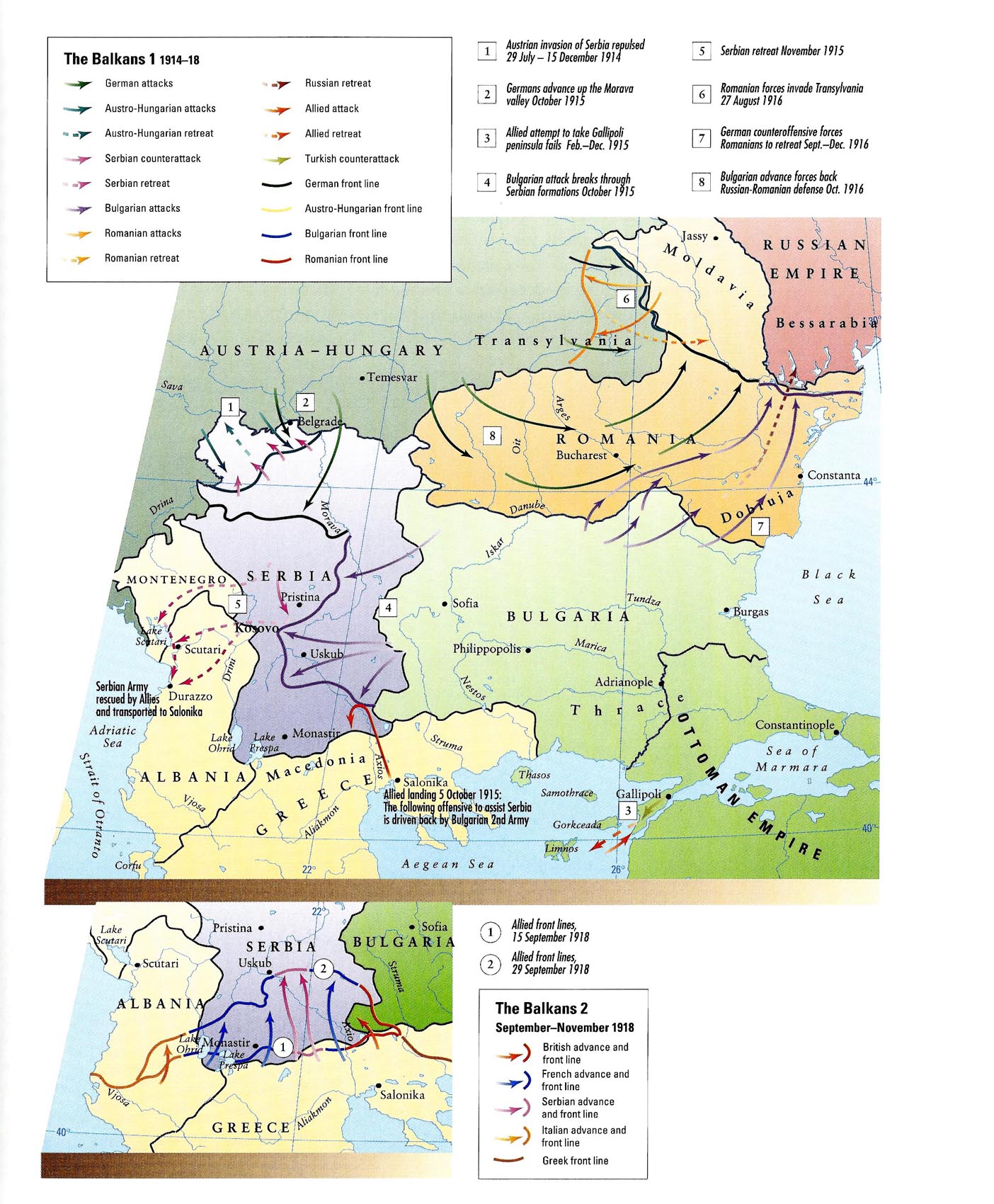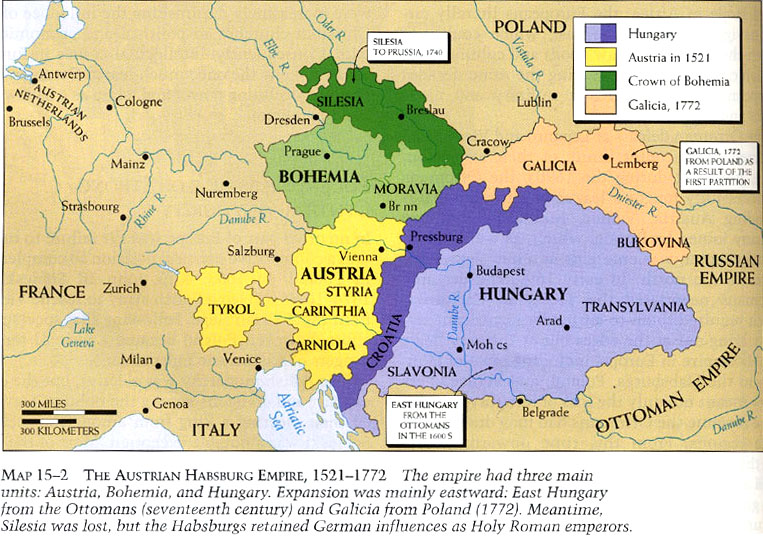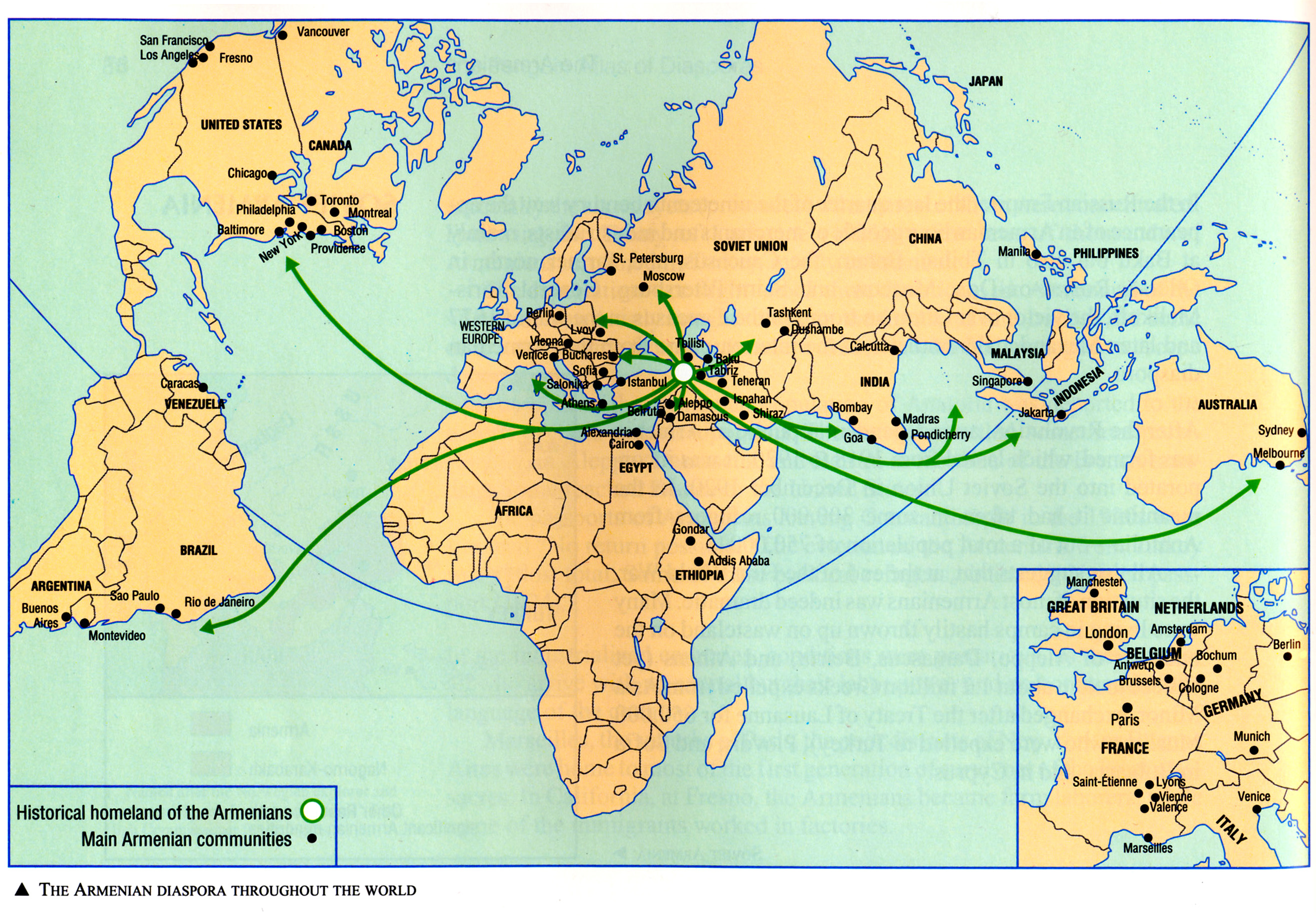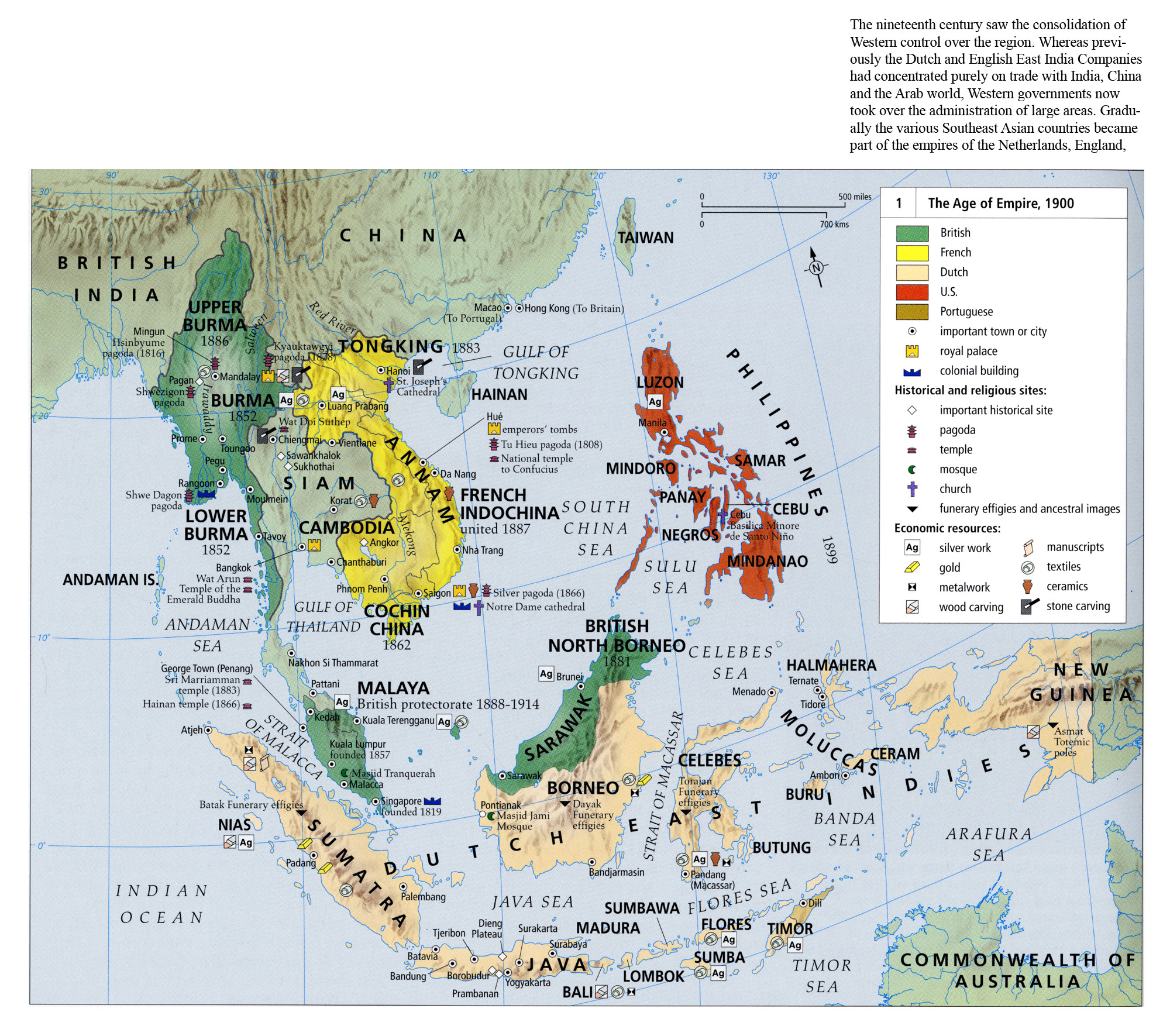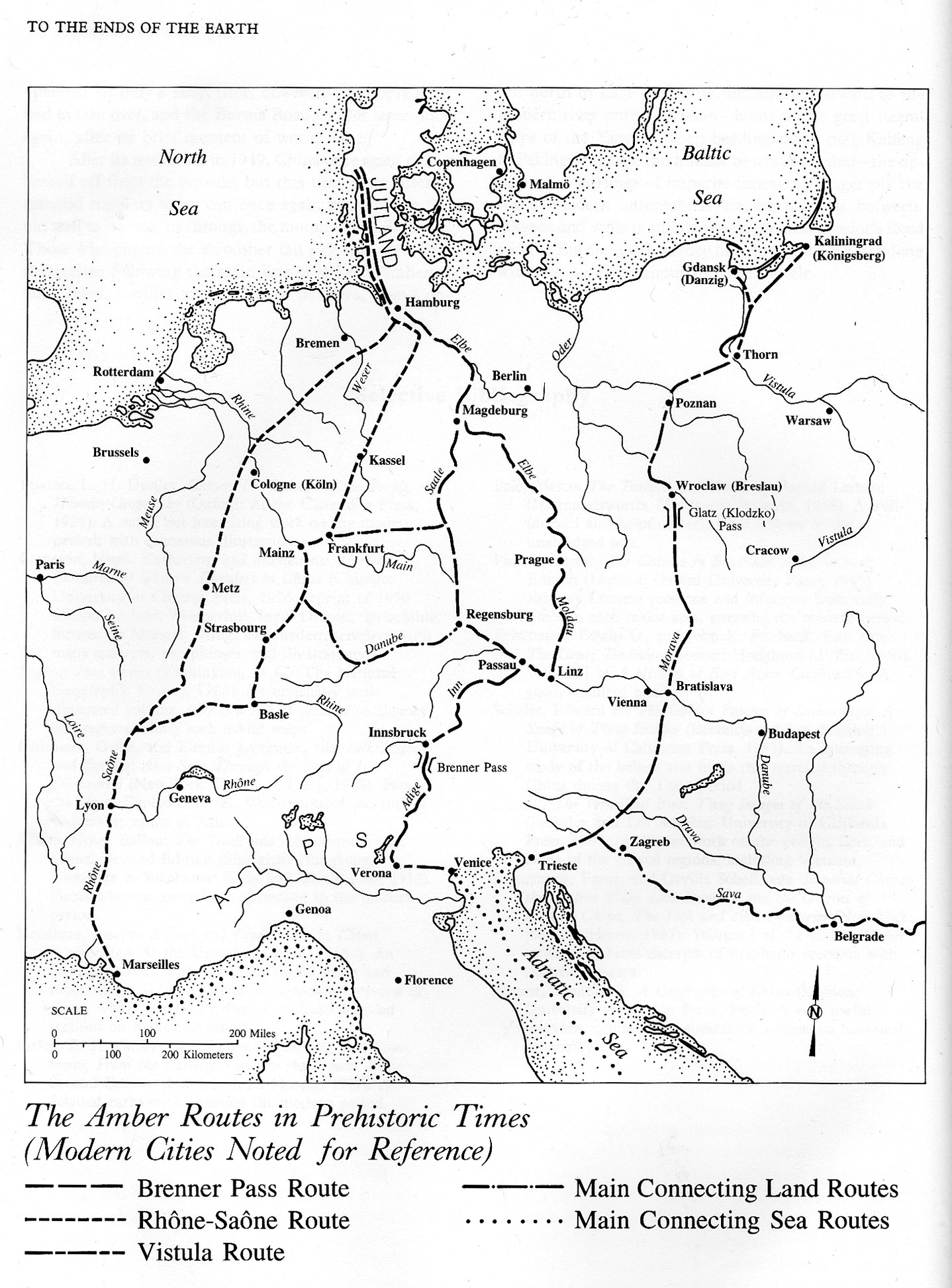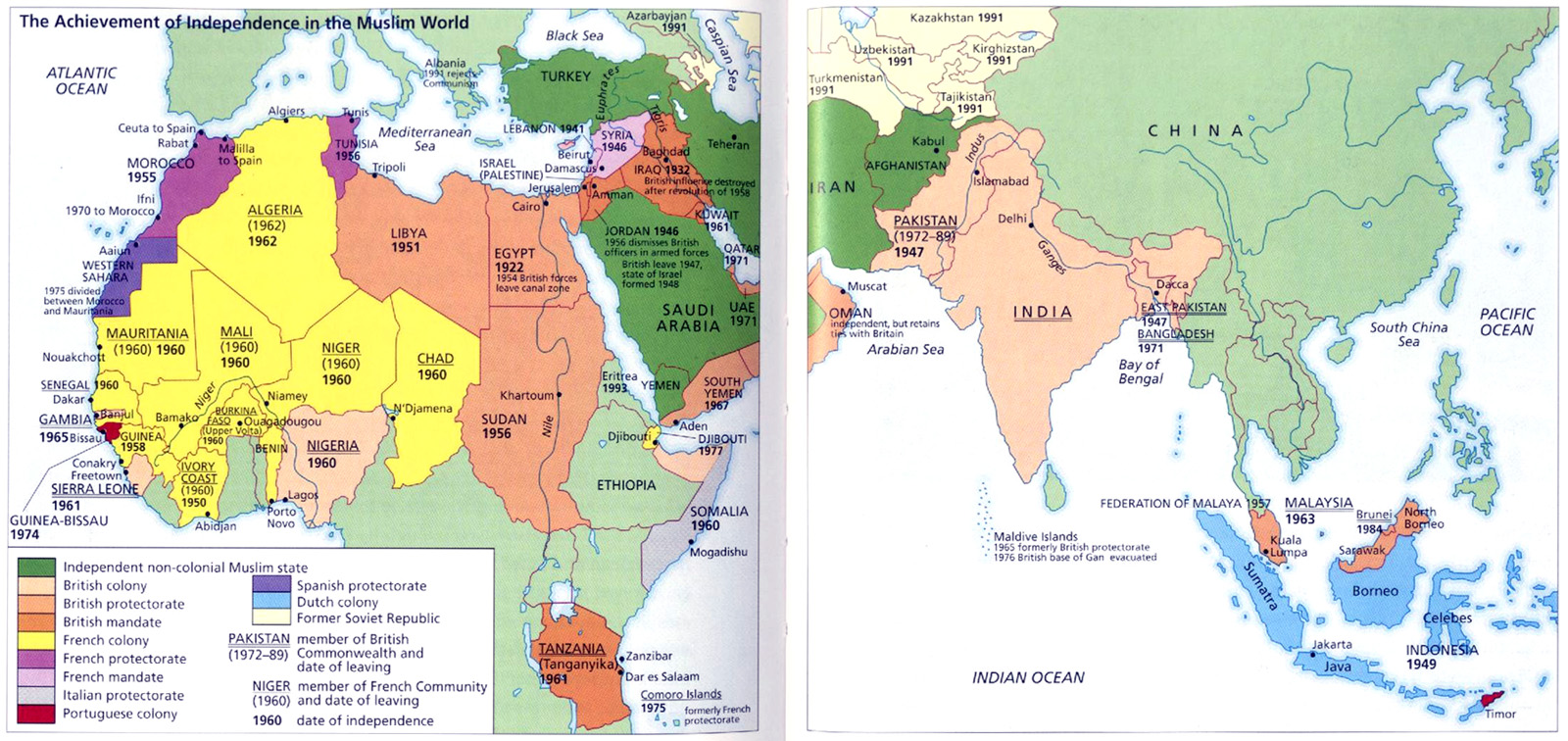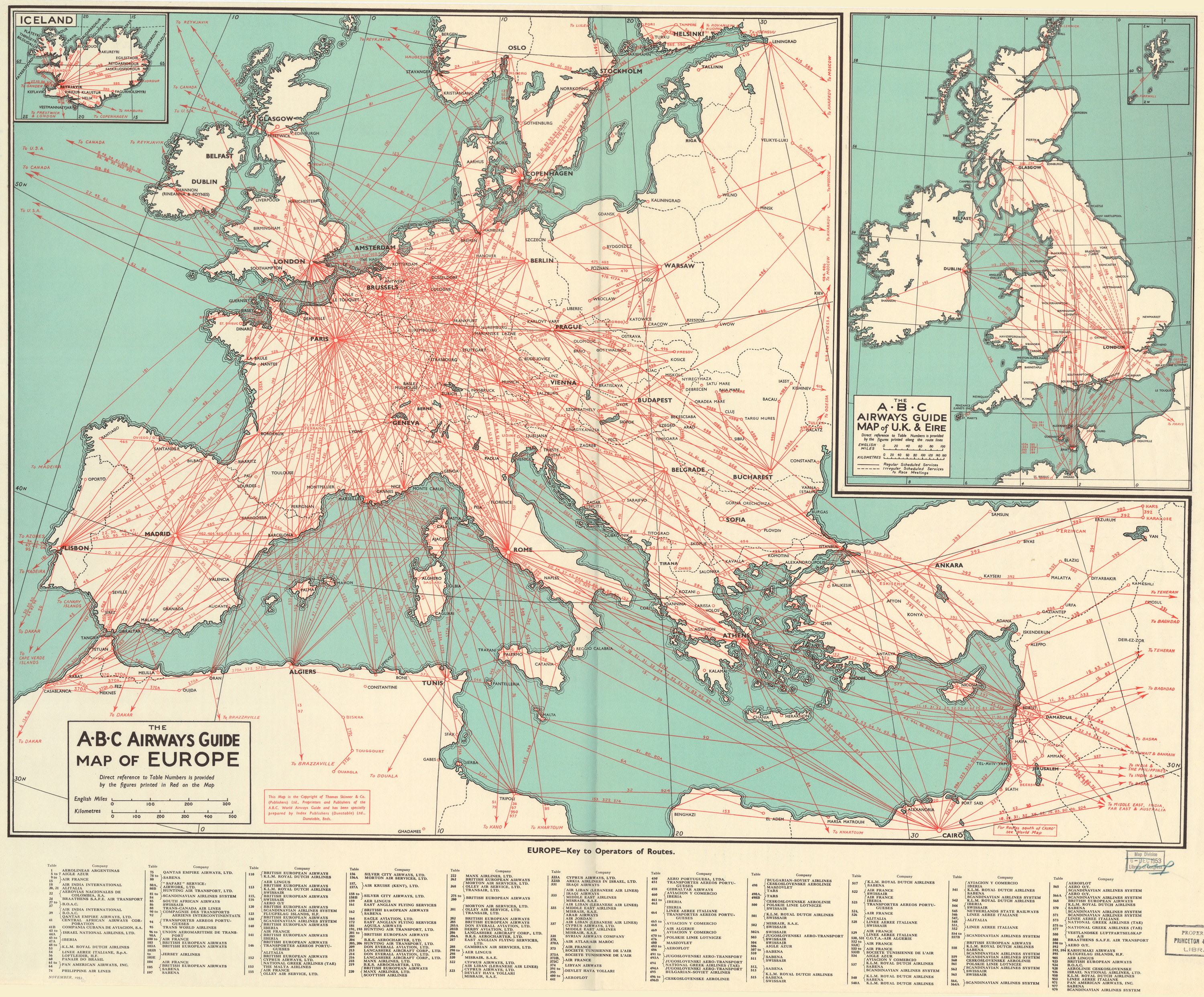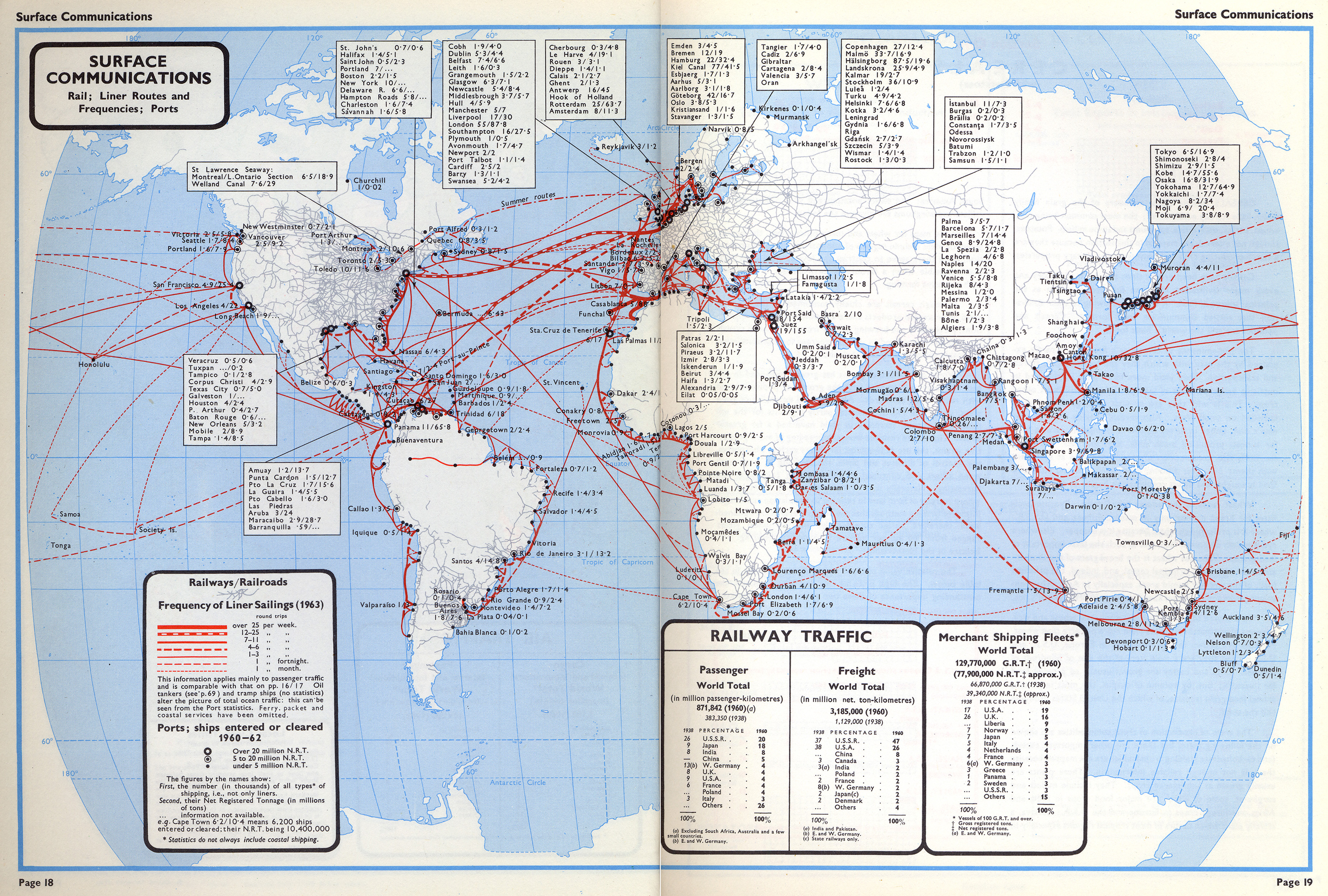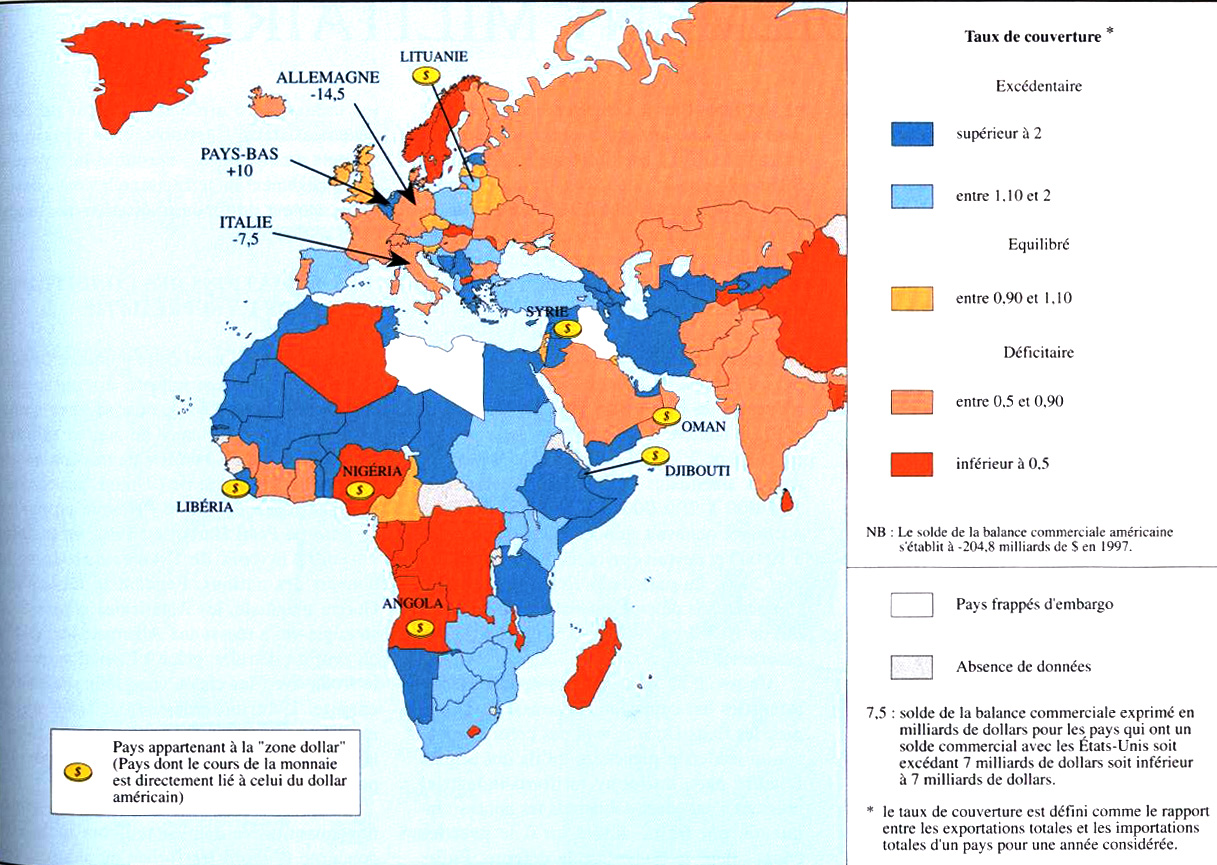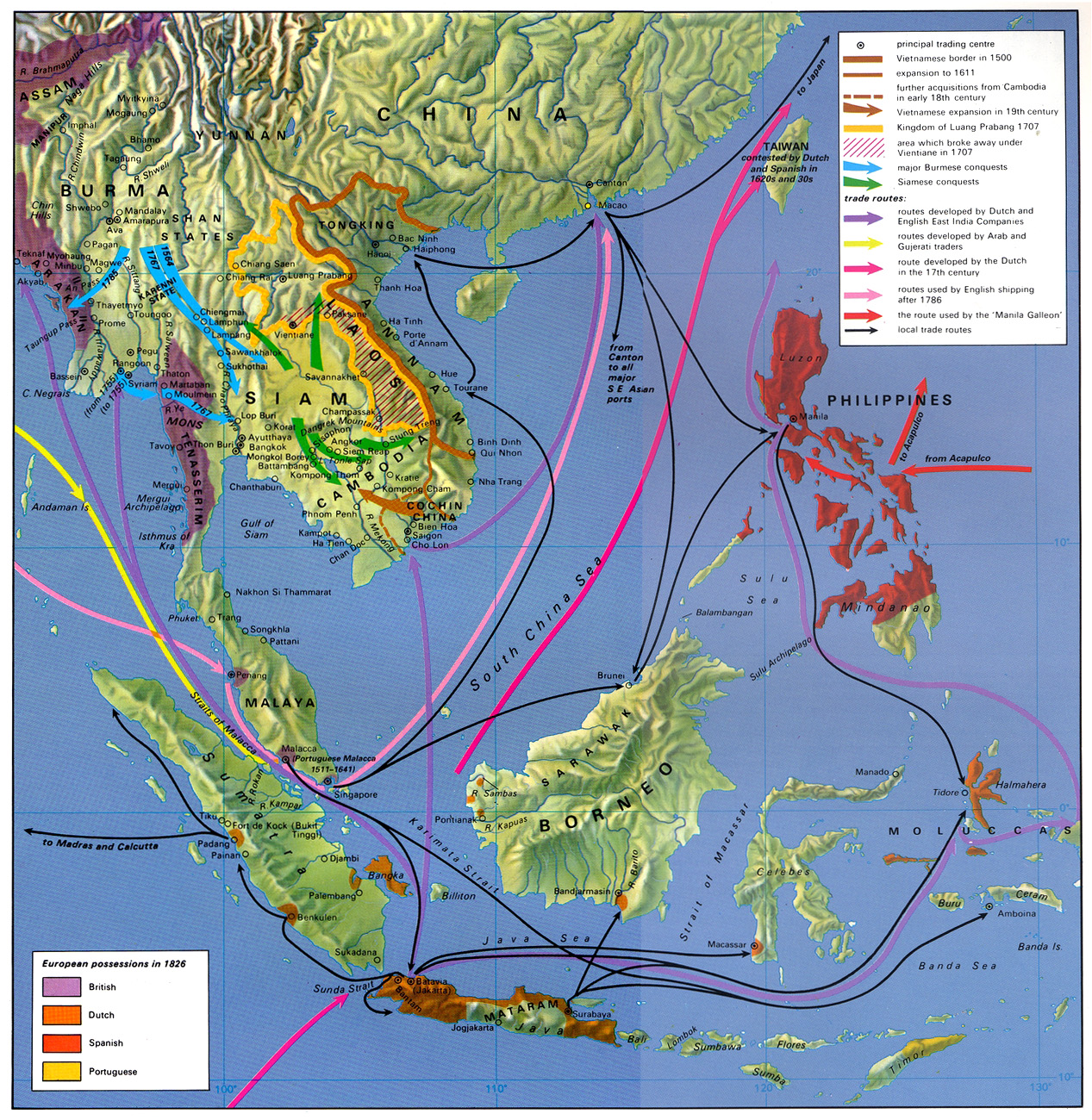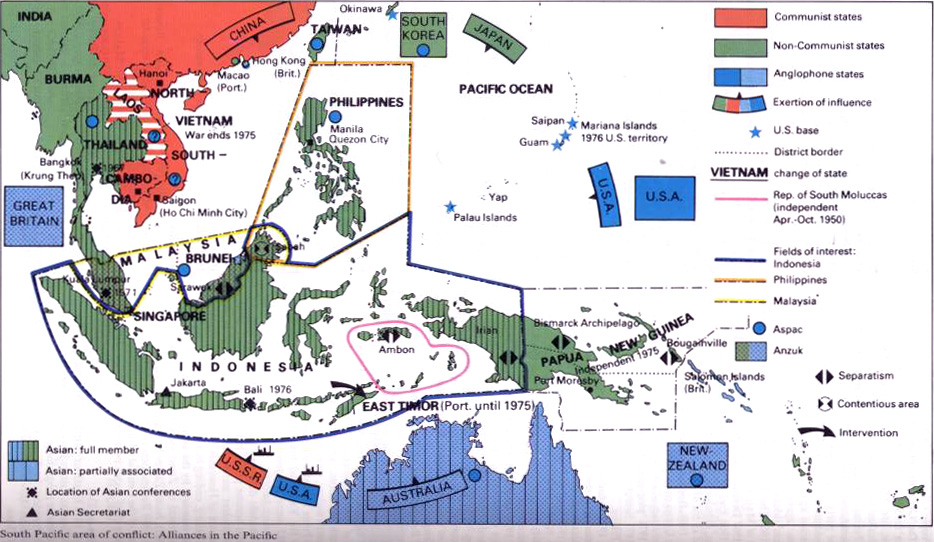Caption
Submarine Cable Map 2007
Summary
This map shows major submarine cable systems around the world. The numbers in parentheses show lit capacity in gigabits per second (Gbps) by the end of 2006.
The map shows international and U.S. domestic cables with a full capacity of 5 Gbps. Cable routes are stylized and do not reflect exact physical cable location. Inset tables indicate local smaller cable systems originating in specific points, such as Honolulu.
Other elements of the map are as follows.
Submarine Cable System Timeline (between 1995-2006)
“Submarine cables shown in this timeline include all the systems depicted in the main projection of the map. Some regional systemas may be omitted. Column height reflects capacity when the system began operation. For systems configured as self-healing or collapsed rings, initial capacity is presented as the sum of both halves of the ring.”
- Legend indicates:
- Saffron: Trans-Atlantic
- Pomegranate: Trans-Pacific
- Venetian Red: Intra-Asia
- Pear: Europe-Asia
- Olive Crab: Latin America and Caribbean
- Gray: Other regional systems
The longest submarine cable systems
“SeaMeWe-3 is the longest submarine cable built to date. The system spans 39,000 kilometers from Norden in Germany to Keoje in South Korea. Its 39 landing points connect 32 different countries. The shortest system depicted on this map is only 60 kilometers long. Germany-Denmark 2 is a point-to-point system connecting two points: Ribnitz, Germany and Gedser, Denmark.”
- Legend indicates:
- SeaMeWe-3 (39,000 kms)
- Southern Cross (30,500 kms)
- China-U.S. (30,476 kms)
- FLAG Europe-Asia (28,000 kms)
- South America-1 (25,000 kms)
Join the Club
“Of the 151 countries with shorelines, the United States surpasses any other country with over 60 international fiber-optic submarine cable systems landing on its shore. Other countries, such as the following eight nations, will be connected by an international fiber-optic submarine cable system for the first time by 2008.”
- Legend indicates:
- Eritrea: East African Submarine Cable System
- Haiti: Trans-Caribbean Cable Network; Bahamas Domestic Submarine Cable Network
- Kenya: East African Marine System; FLAG Falcon’s Yemen-Kenya Extension; East African Submarine Cable System
- Madagascar: East African Submarine Cable System
- Maldives: Wataniya Fiber Optic Submarine Cable; Dhiraagu’s Maldives-Sri Lanka Cable System
- Mozambique: East African Submarine Cable System
- Somalia: East African Submarine Cable System
- Tanzania: East African Submarine Cable System
Components of a submarine
Cross-section layers of submarine cables.
Price trends for several routes
- Lit submarine cable capacity for trans-Atlantinc, trans-Pacific, intra-Asia, U.S.-Latin America, and Europe-Asia routes
- Global lit submarine cable capacity
Source
Produced and designed by TeleGeography Research.
Sponsored by Pacific Crossing
ISBN: 1-886142-76-9
Produced and designed by Markus Krisetya, Eric Schoonover and Roxanna Tran.
“This work is based upon sources believed to be reliable, but the publisher does not warrant the accuracy or completeness of any information for any purpose and is not responsible for any errors or omissions. The political boundaries in this map are taken from authoritative sources and are believed to be accurate at the date of publication of this map.”
This map is in the collection of copyrighted maps of the Geosciences and Map Library, Fine Hall (B level), Princeton University.
Call number: MC G3201.P93.2007.T4
Copyright
© 2006 TeleGeography. All rights reserved.
Series
This map is one in a series:


